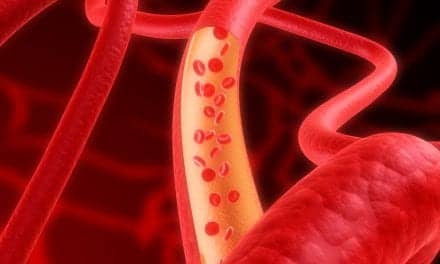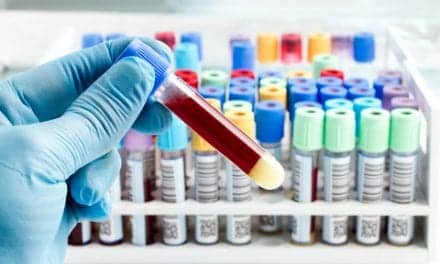Long-term exposure to residential road traffic noise is associated with a higher risk for a myocardial infarction (MI), according to research out of Denmark, which identified a 12% increase in MI risk with every 10 decibel increase in noise exposure either at the time of the attack or over the five years preceding it.
Researchers confirmed that long-term exposure to fine particle matter (PM) air pollution, in part derived from traffic pollution, and to road traffic noise are both independently associated with TAC as a measure of subclinical atherosclerosis.
“These two major types of traffic emissions help explain the observed associations between living close to high traffic and subclinical atherosclerosis,” said Dr. Hagen Kälsch from West-German Heart Center in Essen, Germany. “The considerable size of the associations underscores the importance of long-term exposure to air pollution and road traffic noise as risk factors for atherosclerosis.”
Based on data from the German Heinz Nixdorf Recall Study, the population-based cohort calculated proximity to roads with high traffic volume using official street maps. Long-term exposure to particle pollutants assessed with a chemistry transport model, and road traffic noise recorded by validated tests.
Results showed that in the 4238 subjects included in the study small particulate matter and proximity to major roads were both associated with an increasing level of aortic calcification. For every increase in particle volume up to 2.4 micrometers (PM2.5), the degree of calcification increased by 20.7%. For every 100 meters closer to heavy traffic, calcification increased by 10%.
The study also found a borderline increase in vascular vessel calcification in the thoracic aorta, a common marker of subclinical atherosclerosis known as TAC, for night-time noise (of 3.2% per 5 decibels). The associations of PM2.5 and road traffic noise were not modified by each other.









